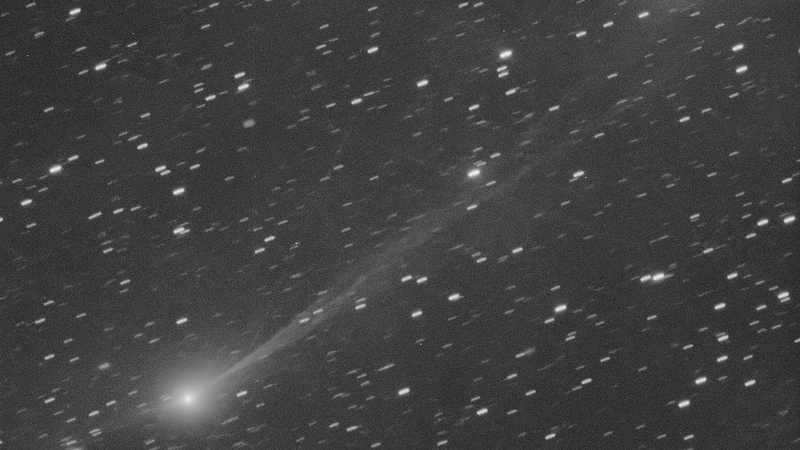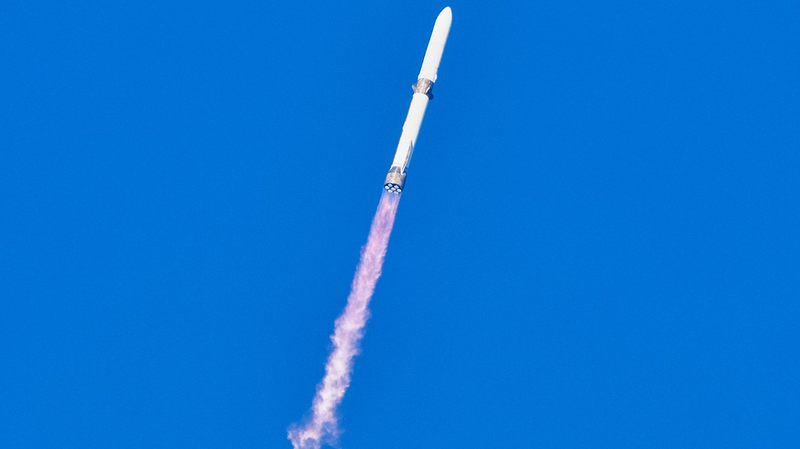NASA's Juno mission has unveiled groundbreaking insights into the volcanic fury of Jupiter's moon Io. Contrary to previous theories suggesting a vast ocean of magma beneath the surface, scientists now believe that each of Io's approximately 400 volcanoes is powered by its own chamber of roiling hot magma.
This discovery, published Thursday, resolves a 44-year-old mystery surrounding the origins of Io's most prominent geologic features. Io, roughly the size of Earth's moon, holds the title of the most volcanically active body in our solar system, with continuous eruptions that constantly reshape its landscape.
During close flybys in December 2023 and February 2024, the Juno spacecraft approached Io within about 1,500 kilometers of its dynamic surface. Utilizing NASA's Deep Space Network, Juno captured high-precision, dual-frequency Doppler data to map Io's gravity by analyzing its influence on the spacecraft's acceleration.
The data gathered from these flybys highlighted the significant role of tidal flexing in Io's geology. \"Juno's discovery that tidal forces do not always create global magma oceans does more than prompt us to rethink what we know about Io's interior,\" said lead author Ryan Park, a Juno co-investigator at NASA's Jet Propulsion Laboratory.
Park emphasized that these findings have broader implications, offering new perspectives on other celestial bodies such as Enceladus and Europa, as well as exoplanets and super-Earths. This breakthrough invites scientists to reconsider existing models of planetary formation and evolution.
Reference(s):
NASA's Juno mission uncovers heart of Jovian moon's volcanic rage
cgtn.com




